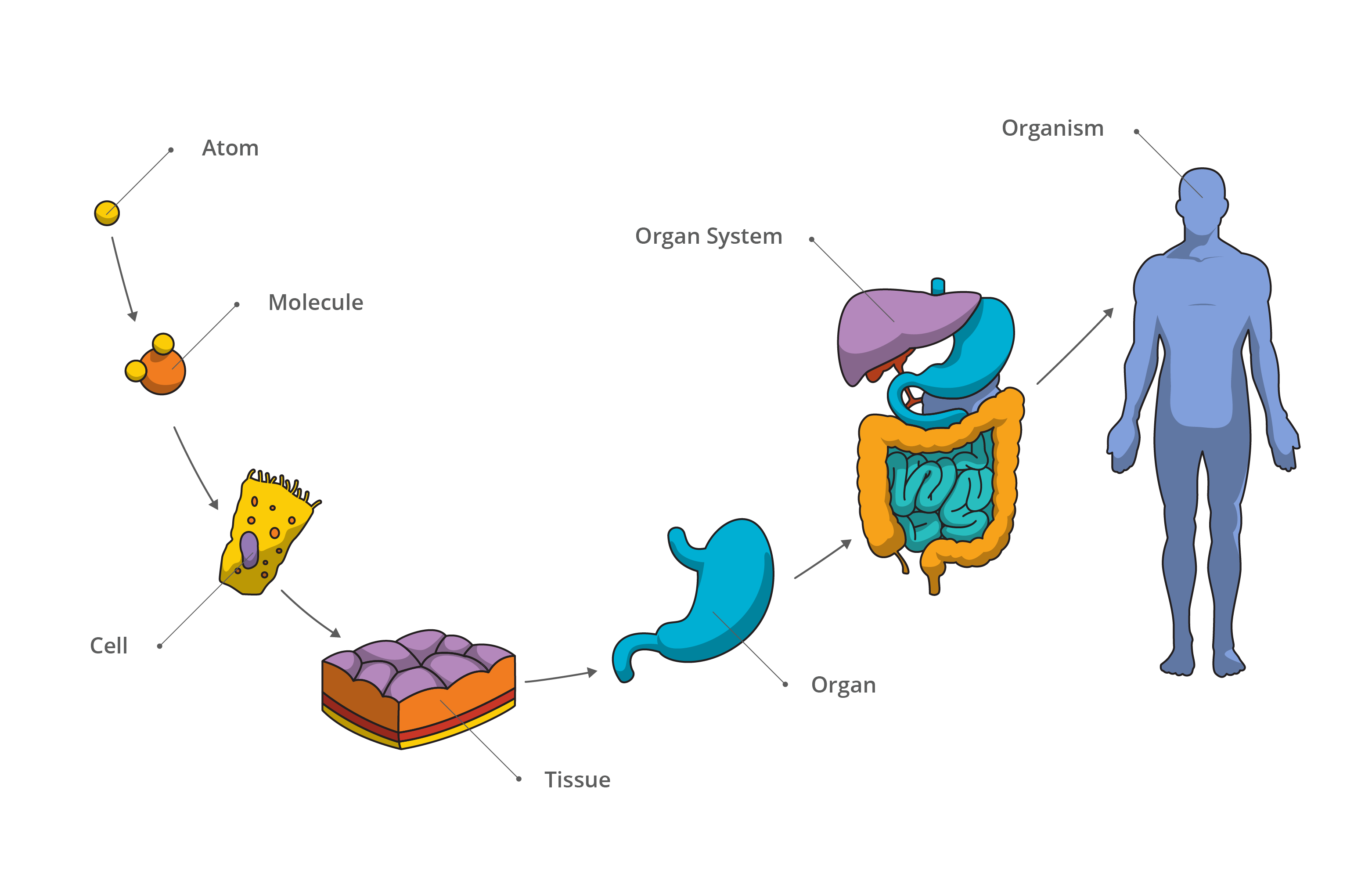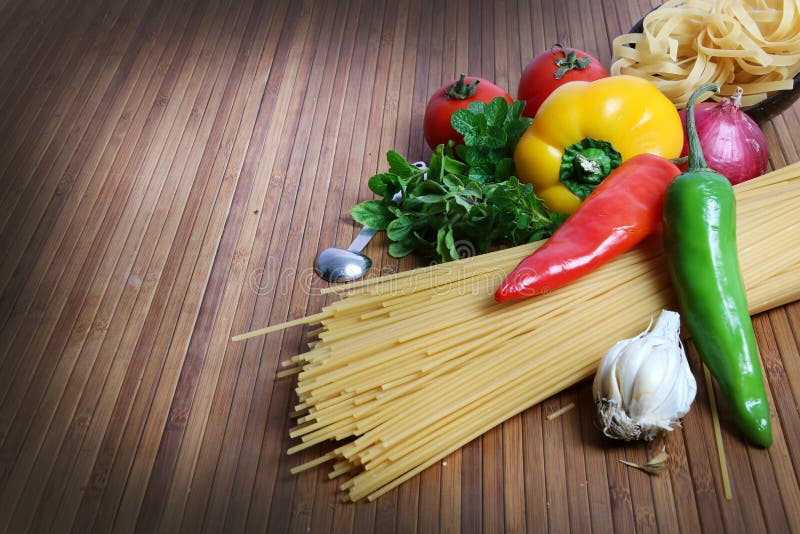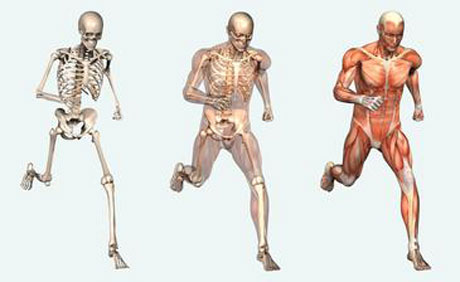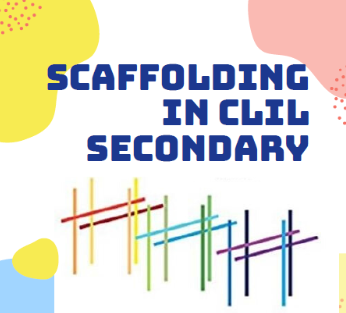Ruth Renes shares two activities: humour among organs and another based on a video called: "When is a pandemic over?"
Click here to get the instructions for both activities.
SUSTAINABLE DEVELOPMENT
by Beatriz Guerra,
During the explanation of the topic “Sustainable development” in the subject of Science applied to the professional activity I play this video in the classroom:
The goal is to get students to think about certain campaigns relating to climate change.
The idea is to make them aware that restoration is not enough. That it is necessary to coordinate and try to work in different sectors.
We need to move towards a circular economy.
After seeing the video we put in common the ideas that the video has shown us:
During the latest experience the students said:
✓ Ecosystems and biodiversity are essential to the survival of the planet.
✓ The planet is organized in cycles of exchange of matter and energy.
✓ The planet is in danger, CO2 levels must be reduced, forests are the key allies.
✓ The danger of thinking that you have the solution to a problem is that you no longer worry about correcting the causes.
✓ It is necessary to preserve the existing ecosystems and to reduce the emissions.
✓ There is no magic bullet.
✓ Monoculture plantations are not ecosystems, their rapid growth disrupts other necessary cycles.
✓ Working as a team gives better results.
PARAMECIUM GRAPHIC HUMOUR
Click here to accesss this activity by Olga Gómez
by Rubén Moreno.
"Given that the students already know about the appendix (they have seen it as a part of the Digestive system) and probably think it is useless, this video could help to enhance their curiosity.
Before watching it, I want the students to try to set their own ideas about the function of the appendix and to establish connections between the Digestive and the Immune systems.
Moreover, the video also points some ideas related to the presence of the appendix throughout animal evolution, and I think this could be a good introduction for evolutionism, which will be seen in B&G 4 ESO. "
After the viewing of the video and certain clarifications in between, students have to answer the multiple choice questions and the open questions given by the authors included in the parts: THINK and DISCUSS.
By Alberto Valbuena:
The idea was to associate some human organs (studied in 3º ESO) with some mythological story about them. This organs are really important and that’s why mythology attributed them some kind of “powers” that they really don’t have.
Click here to download this interesting activity.
THE CELL
Sara Pampín uses this video as an introduction to cell structure and functions.

C for Cognitive
Thinking processes
|
Use of HOTS (High Order Thinking Skills)
|
Activities
|
Carry out a lab session. Upload the lab session report into a virtual blog created by the student.
|
Tasks
|
Word document attached.
|
10. Resources and materials
|
Lab material. Computer to check lab session reports.
|
C for Communication
|
Vocabulary
|
Nervous system / neuron / sinapsis / receptor / dendrite / axon
Spinal cord / brain / cerebellum / encephalic trunk
Somatic nervous system / autonomic nervous system / sympathetic nervous system / parasympathetic nervous system
Nervous system diseases: Alzheimer, Parkinson, anxiety, depression, schizophrenia…
|
Structures
|
Debate:
- I see your point but…
- I cannot agree with you
- It is interesting what you say but
- On one hand / on the other hand
- However / Nevertheless
| |
Language skills
Discourse type
|
Listening with the video
Speaking with the debate
Writing and drawing with the poster
Descriptive when I present the relevant content.
Dialogue when I ask for feedback in order to know if they are understanding the information, and also during the debate.
|
6. Activities
|
The students must take notes while they are watching the video.
After watching the video they have to answer different questions by themselves. Then they compare their answers with their partner. Finally, they put in common with the rest of the class and the teacher correct them.
- Crossword about nervous system
- Debate to work about drugs: The students are divided in two groups, one of them in favor of taking drugs the other one against of taking drugs. They have to discuss about their benefits/risks; if it is necessary to control its consume; different ways to prevent its consume above all by teenagers.
- Create a poster as an advertising campaign against drugs, showing its risks and the consequences of its consume.
|
Tasks
|
Let’s play a game
The whole class prepare a game with questions related with the different topics of the unit.
First: each student must write three multiple choice questions.
Second: in groups of four people, they have to prepare 5 questions with at least one tabu question, one pictionary question, one open answer question and two questions as they want.
Third: the teacher gathers all the questions and organizes the game.
|
Resources and materials
|
The textbook book,
Videos, pictures, drawings,
Internet websites
Colour papers, markers…
|


Lab experiment on Hooke's Law for 3rd ESO, by Concepción Magadán.

1. Definition review. Digestive & respiratory system, by Hilda Sandoval.













No comments:
Post a Comment